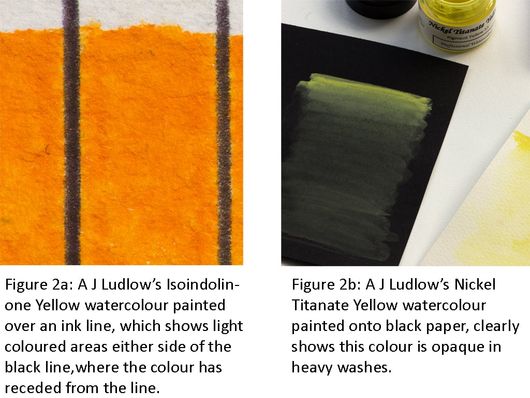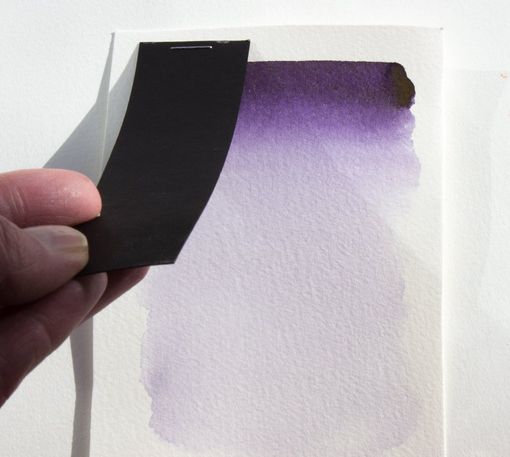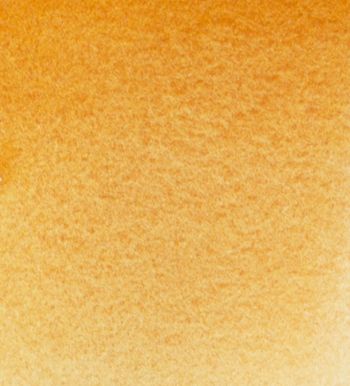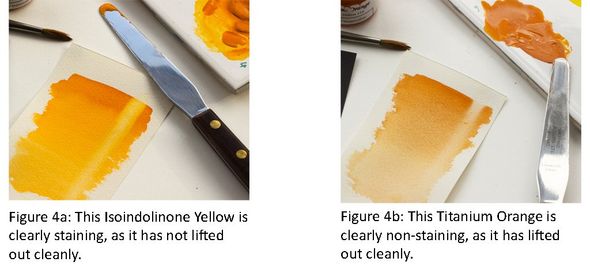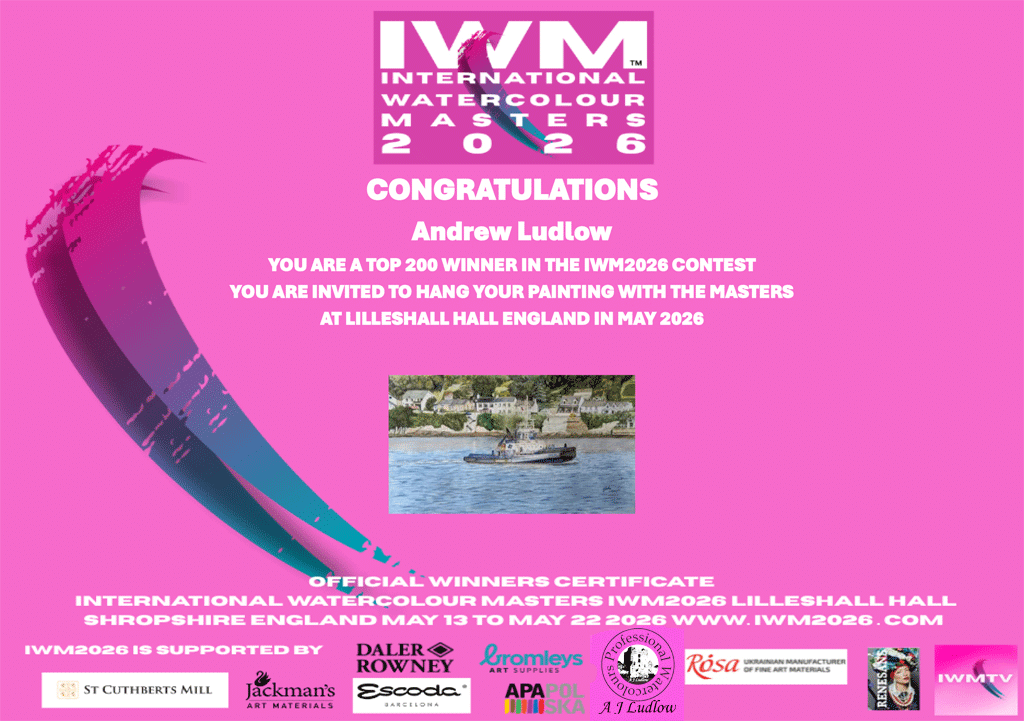ARTicles
Testing and Assessing the Properties of Watercolours - Part 1
A look at the properties that define watercolours as a modern fine-art medium and how to assess them

1. Transparency and Opacity;2. Permanence or light fastness;3. Granulation;4. Staining and non-staining;
5. Purity of colour;6. Colour intensity or brightness;7. Tinctorial strength;8. Wet to dry colour shift;9. Re-solubility;10. Wet-in-wet flow.
Test 2: Permanence or light fastness
Watercolours should be labelled with the pigment number to show which pigment they are made with. If there is just one pigment number, they are a single pigment colour. If there are two or more, they are made from mixed pigments. The pigment numbers are a form of classification of the chemistry, by the Society of Dyers and Colourists.
These pigment numbers form the Colour Index, which not only gives the chemical composition, but also commercial names and manufacturers. In terms of the Colour Index pigment numbers, light fastness test data and permanence can be simply obtained from a quick internet search.
A simple to do light fastness test can be done by taking a graded wash of the colour to be tested, cover one half and then place it in a position inside a window where it will receive the most direct sunlight. Leave it for several months, checking it every week by examining the uncovered part against the one that is covered (figure 2). Note any difference.
Figure 2: Checking watercolour wash for any colour changes during a test for light fastness.
The light fast watercolour will show no change, either by darkening or lightening.
Test 3: Granulation
On painting out, there are 2 ways a pigment granulates to give a mottled appearance, it either flocculates as the water evaporates or if the pigment is heavy, it settles out in the dimples of the watercolour paper. By painting the watercolour out on smooth and rough paper will determine if it flocculates and by which mechanism.
If you use only one type of paper, you will most likely only be concerned how the watercolours behaves on your paper, so just paint out a graduated wash and inspect at the different graduations.
Figure 3: Granulation of A J Ludlow’s Titanium Orange on Cold Pressed (NOT) watercolour paper.
Test 4: Staining and non-staining
To check if a watercolour is staining or non-staining, the test is fairly simple. Paint out the colour and then when it is dry, use a wet brush or cloth/tissue to lift out a portion of the painted colour.
It the watercolour lifts out cleanly with no staining, then it is a non-staining colour.
Again, if you use only one type of paper, you will most likely only be concerned how the watercolours behaves on your paper, so just paint out a graduated wash and inspect how the colour lifts out at the different graduations.
Test 5: Purity of colour
The test piece is prepared by painting each watercolour out using a graduated wash. In so doing, it makes it easier to compare samples at similar film weights by moving the wash of the test sample up and down the one its being compared too, until the equivalent film weight can be seen. Purity of colour can be checked by eye.
Figure 5: By cutting the side off one of the test sample washes, the watercolours can be compared
can be compared directly by placing them against each other.
I hope this ARTicle has been of interest to you. Its content is presented as a video, “Assessing Watercolour Properties” and can be found on our YouTube channel, “Ludlow Colours” along with our other videos.
In next month’s ARTicle, I will continue looking at how to test for the other five properties listed above.

